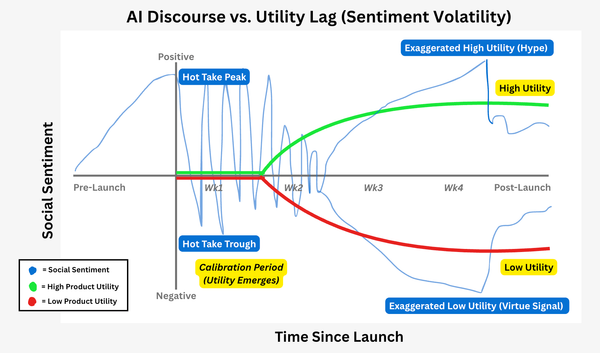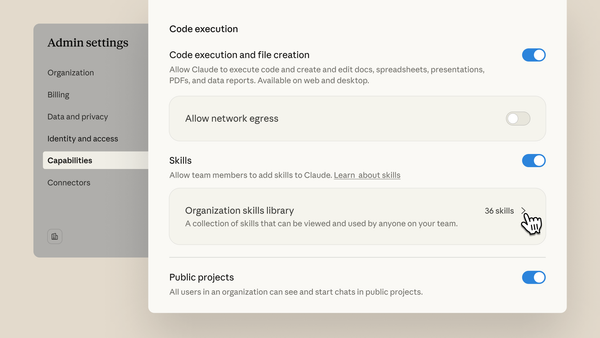Google’s 'Nano-Banana' Model Sets New Standard for Image AI
PLUS: AI browsers get hacked, what usage data reveals adoption trends, and other signals worth knowing.
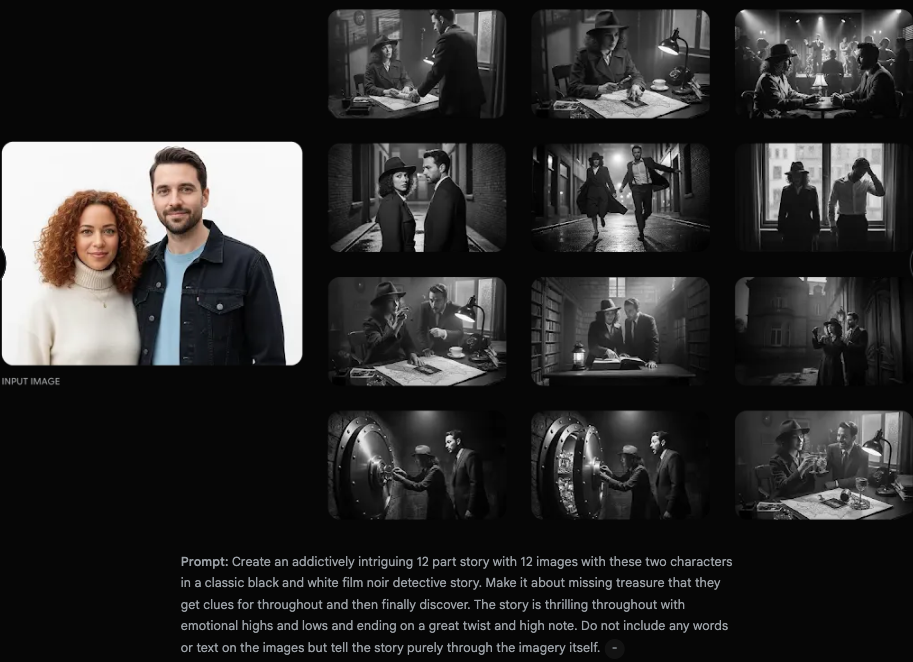
Happy Friday.
I usually roll my eyes when everyone loses their minds over the latest AI announcement.
Most AI content is hot takes chasing clicks and serving algorithm dopamine hits.
Coming from the corporate world, most of it isn't grounded in the reality of what a business needs to operate. Consistency, security, operations, etc.
But this week? Google's new image model deserves the hype it's gotten. It's a step above the competition and it works.
1/ Everyday Creative AI Tools Are Getting Better
What happened: Google, Meta, and Microsoft got image, video and audio upgrades. We're inching closer to reliable tools that address issues keeping creative teams from using AI.
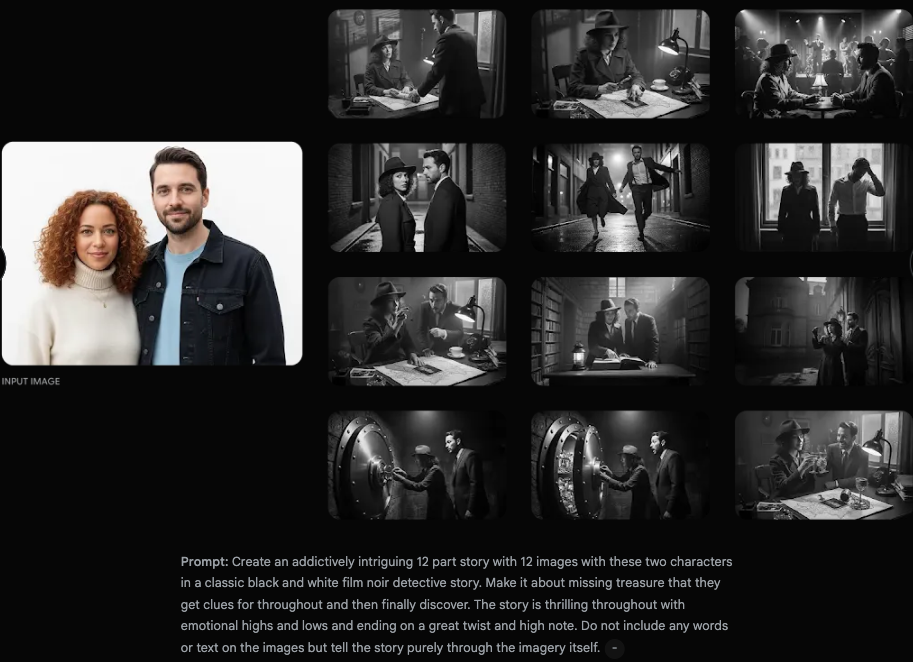
Google's "Nano-Banana" Image Model Goes Viral
Google launched its new image model "Gemini 2.5 Flash Image" (aka Nano-Banana). The model hit #1 on LM Arena's text-to-image and image editing leaderboards during anonymous testing with people speculating (correctly) that it was a Google product.
Here's what makes this different from the usual AI image hype:
- Consistency across multiple images. You can create characters once and use them in different scenes without the AI drift that makes other tools useless for brand work.
- Excels at language editing. Prompt it with specific image updates instead of learning complex Photoshop skills.
- Efficient pricing. About $0.04 per image through the API vs competitors charging $1+ for worse quality.
Access it through Gemini chat, Google AI Studio, or the API.

Meta Swaps Out Its Models with Midjourney
Meta is licensing Midjourney's image and video generation models to upgrade capabilities across Instagram, Facebook, and its Movie Gen video editor. This is Meta acknowledging their own tools weren't good enough.
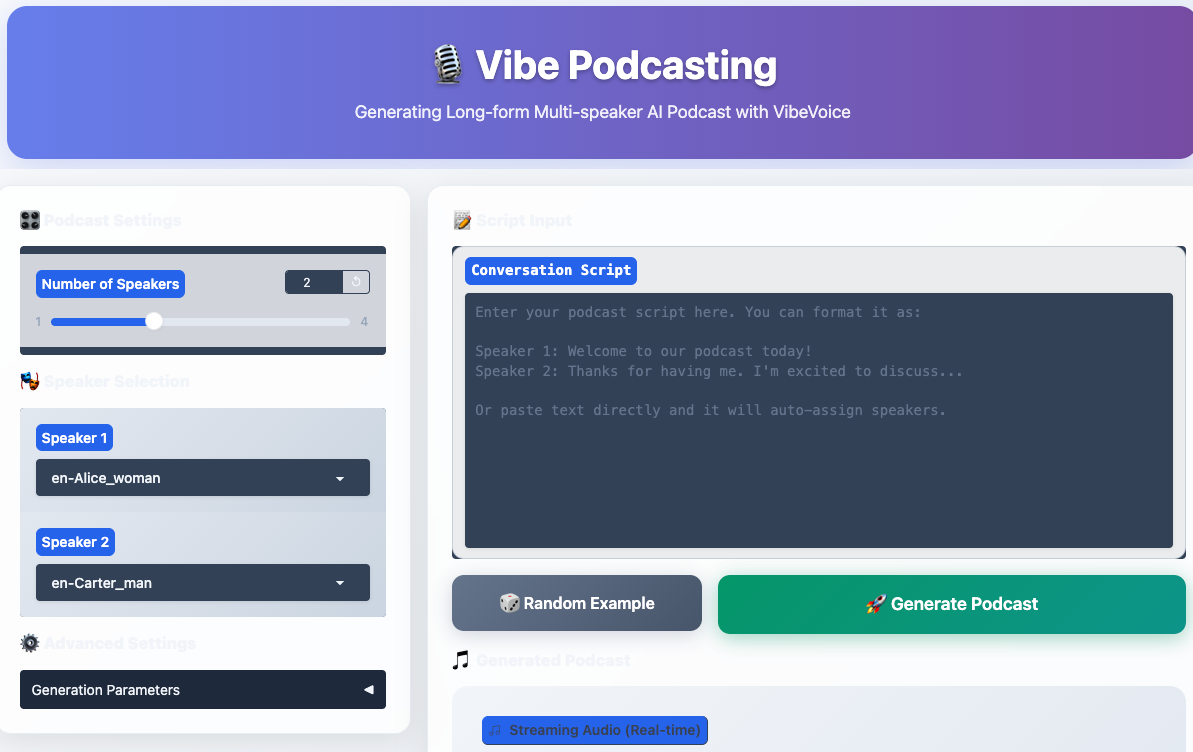
Microsoft Releases VibeVoice for Long-Form Audio
Microsoft open-sourced VibeVoice this week. The tech generates up to 90 minutes of podcast-style audio with up to 4 speakers.
Use it for podcasts, video narration, onboarding, etc., without needing voice talent.
Download it through Microsoft. Built-in safeguards add "generated by AI" disclaimers to minimize misuse. Try it out here.
Source: Google Vids
Google Vids Adds AI Avatars
Workspace users can now create videos using AI avatars in the Google Vids platform. Paste your script, pick from 12 avatar presenters, and create educational assets.
2/ WARNING: AI Browsers Can't Handle Basic Security
What happened: Remember those AI browsers we've been hyping? They've been getting hacked. Letting AI browse the web for you can create some obvious security problems.
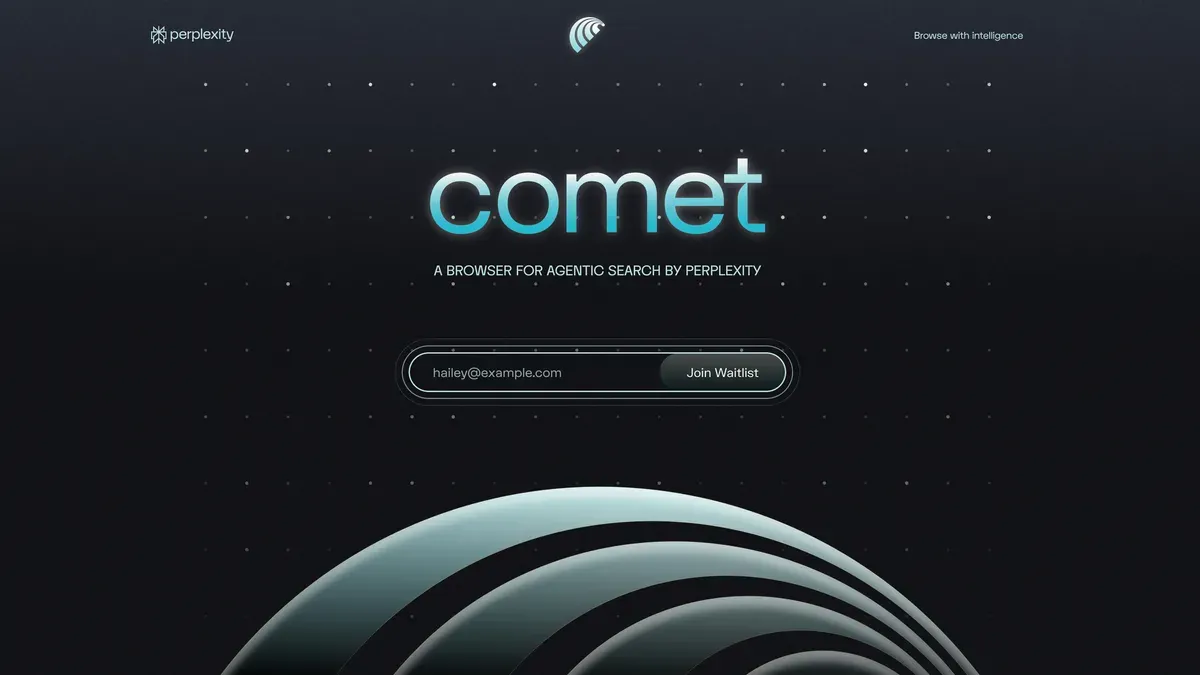
Perplexity's Comet Gets Tricked by Invisible Text
So security researchers tested Perplexity's Comet browser and found something sketchy. You can hack it by putting white text on white backgrounds. AI reads the hidden text and just... follows those instructions.
Researchers got it to leak emails and make purchases without permission. Classic.
Perplexity patched it, but other hackers found new ways to do the same thing.
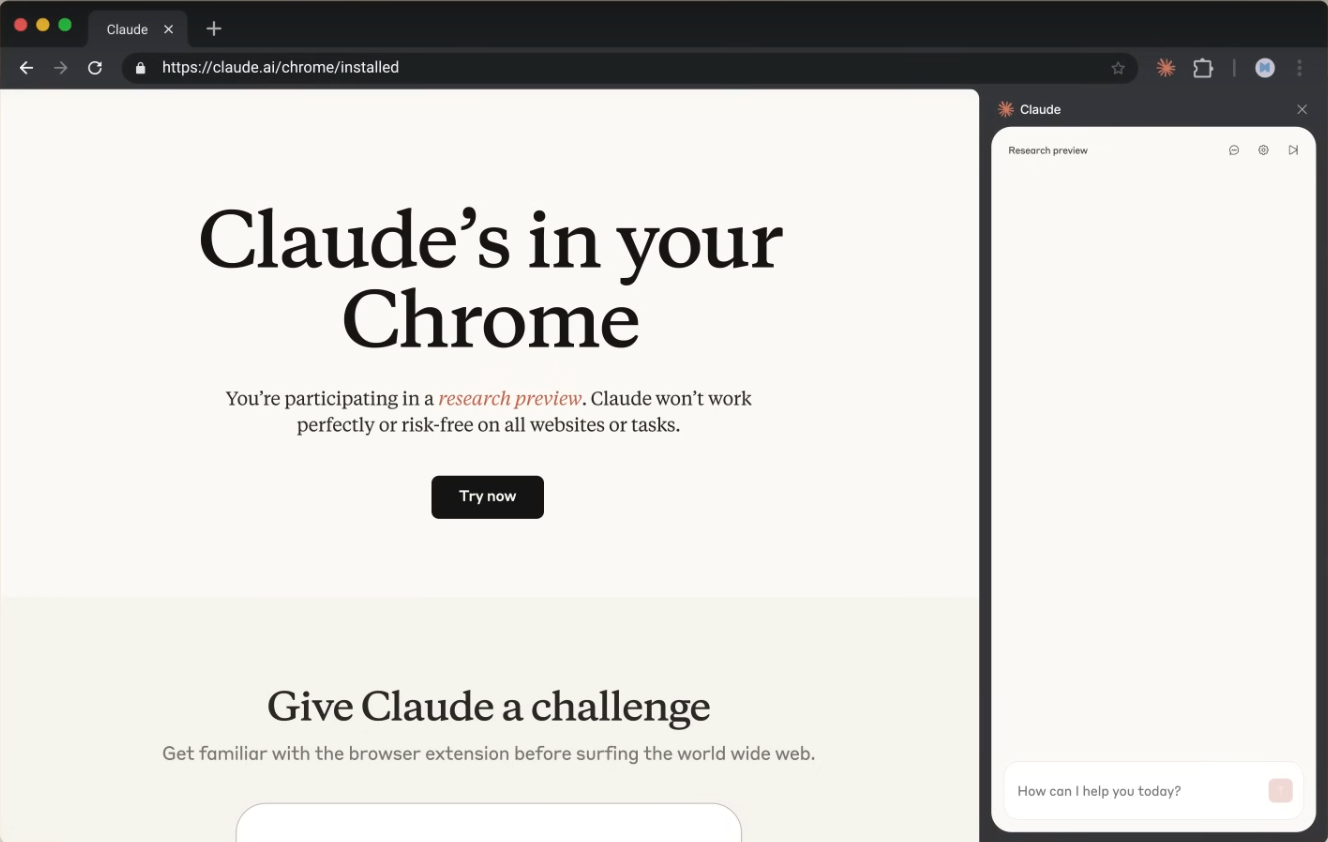
Claude for Chrome: Still Failing 1 in 10 Times
Anthropic announced their new Chrome extension, but were smart enough to limit its release to 1,000 beta users. Good thing, their testing showed malicious attacks working 23.6% of the time.
They added safeguards and got it down to 11.2%. Better, but still... 11% of the time!
This one's embarrassing. Over 370,000 Grok conversations ended up searchable on Google. Medical questions, business plans, password stuff... public because of a default sharing setting people missed.
Reminder: check your AI chat settings.
3/ What the Latest AI App Rankings Reveal
What happened: a16z dropped their latest rankings of which AI web and mobile apps people are using.

ChatGPT is Still Crushing Everyone
No surprises here. ChatGPT has a huge lead that isn't slowing down. Gemini sits at #2 but only gets 12% of ChatGPT's traffic. So much for all those "ChatGPT killer" headlines.
Grok jumped to #4 though. The success of Grok4 and Elon's strategy of putting it into X is working.
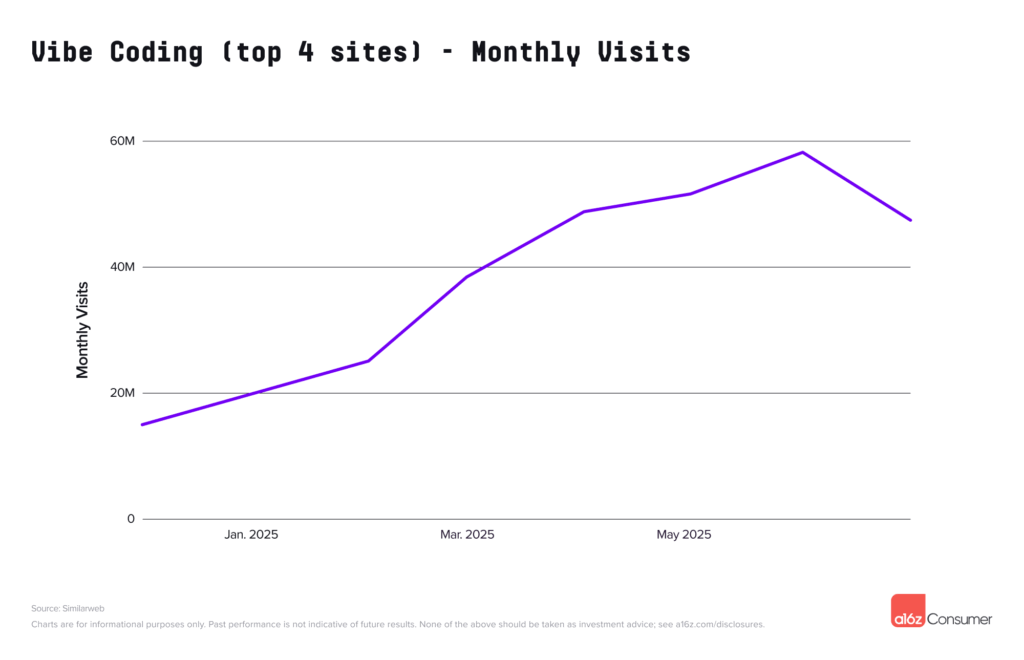
Coding Tools for Non-Coders
AI "vibe coding" tools like Lovable, Cursor, and Replit saw the fastest month-over-month gains.
These tools show sticky demand and highlight AI's ability to allow non-technical people to build, automate, and experiment.

China's Taking Over Mobile AI
Here's something notable: 22 of the top 50 mobile AI apps are from Chinese companies. Only three of those are used mainly in China.
While everyone's focused on the OpenAI vs Google usage, Chinese companies are quietly dominating mobile AI space globally.
4/ Other Signals Worth Your Attention
- Perplexity's trying to buy peace with publishers. They launched a $42.5M revenue-sharing program where publishers get 80% of the money when their content shows up in AI search results. Sounds generous, but most publishers are saying the actual payouts are still pretty tiny.
- OpenAI and Anthropic are testing each other's models. First time competitors have done this. They're basically red-teaming each other's AI for safety issues. Turns out both companies found concerning stuff in the other's models, even after all the safety upgrades. Makes you wonder what else they're finding internally.
- Apple might ditch their own AI for Google's. Early talks about using Gemini to make Siri useful instead of the disaster it is now. Still just discussions, but if it happens, Siri could finally stop being a joke in the AI space.
- The US government's taking AI literacy seriously. New federal and state funding for AI skill-building and curriculum development. Government recognition that AI literacy is becoming as fundamental as computer literacy was in the 1990s.
Signals to Act On
1. Test Google's image model.
For once, hype matches reality. At $0.04 per image with consistent character generation, this has potential to change creative workflows.
2. Keep sensitive work off AI browsers.
The security holes are real and the fixes aren't keeping pace. Use them for research only until the industry matures.
3. Watch the coding tool trend closely.
Non-technical people building with AI tools like Cursor and Replit are seeing the fastest growth. This skill gap advantage won't last forever.




